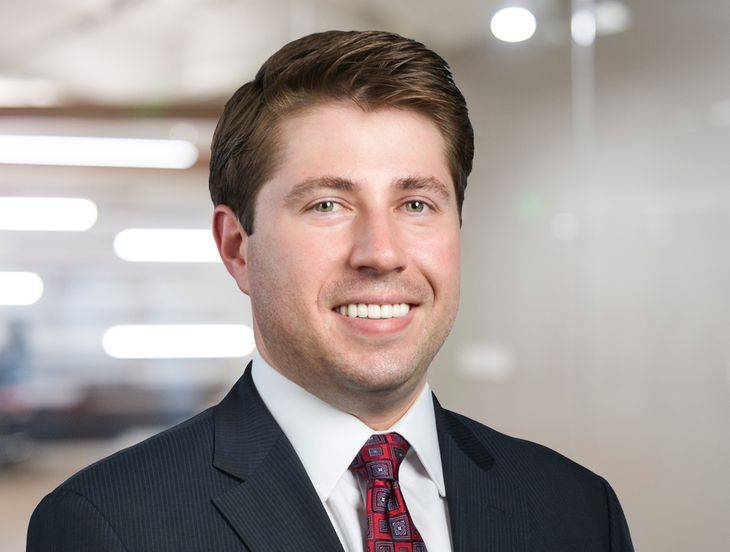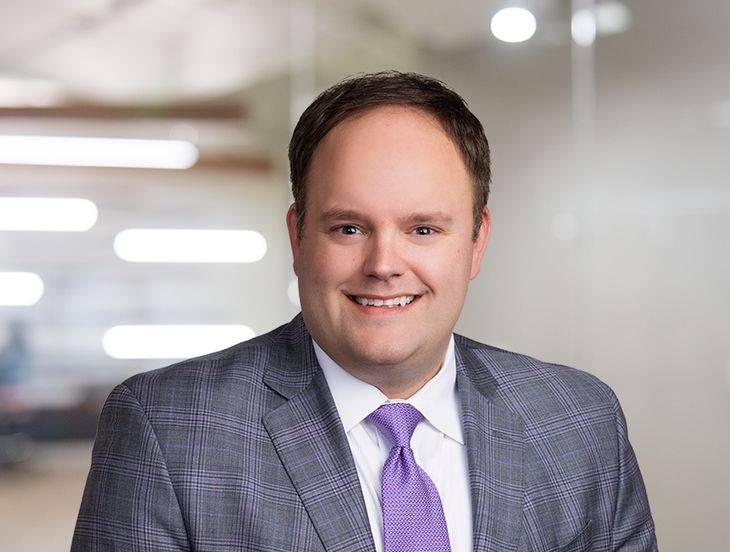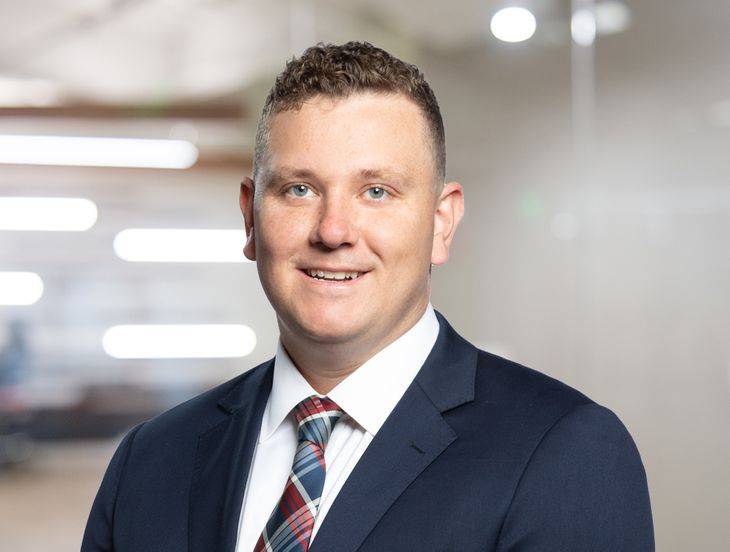Are Your Student-Athletes Employees? NLRB Regional Director Says So
Insights
3.13.24
A National Labor Relations Board Regional Director recently ruled that non-scholarship college basketball players are “employees” under federal labor law, setting the table for a potential seismic shift in the way your institution interacts with student-athletes. This decision – which is subject to review by the NLRB – could expand the definition of “employment” under the National Labor Relations Act (NLRA) further than ever before. The NLRB Regional Director’s reasoning creates a slippery slope of possibilities, calling into question whether students who participate in other types of college activities, such as debate teams or theater, could become university employees. How does the NLRB determine employee status? And how far could the NLRB go in blurring the lines between students and employees?
3 Factors for Determining Employee Status
The NLRB Regional Director for Region 1, Laura Sacks, determined that the players on a men’s college basketball team are employees of the college based on the following factors.
- Regional Director Sacks concluded that the players provide “basketball services” for the college. Sacks also noted how the “work” performed by the players benefits the college through alumni engagement, fundraising, brand awareness, and publicity.
- The NLRB looks at whether a student exchanges their “service” for compensation. This is an easy call where the alleged employee receives a paycheck. But in this recent decision, Regional Director Sacks took an extremely broad view by determining that compensation can include minor items like free athletic gear and tickets to games for family and friends. Sacks even went so far as saying non-economic benefits – like increased academic support, career development, nutrition advice, psychological counseling, access to medicine, and strength and conditioning training –are forms of compensation.
- The NLRB looks at an employer’s level of control over the performance of the activity. Regional Director Sacks concluded that the college has significant control over the student-athletes because it controls their practice time and schedules, game schedules, time spent while traveling for away games, and direction over other team-related activities (like alumni and fan engagement). The fact that student-athletes are required to play basketball exclusively for the college and are bound to certain rules and codes of conduct also led to Sacks’ conclusion.
How Could This Decision Impact Your Institution?
If the reasoning in this decision becomes the new standard, private universities across the country could face a litany of potential issues. Student-athletes who are considered employees under the National Labor Relations Act could have all the protections of employees under NLRA, including the rights to:
- form a union;
- discuss terms and conditions of employment with other employees;
- bring concerns regarding terms and conditions to the university;
- be free from retaliation (such as discipline) for engaging in such protected activity; and
- strike or picket.
Recently, the NLRB has not hesitated to expand the scope of these protected “Section 7” rights for employees across the country. For example, the NLRB greatly expanded:
- employees’ rights to display support for social causes on their clothing or uniforms in violation of a company’s dress code policy, even where the social cause was only tangentially related to the workplace; and
- what it means for an individual’s complaints about working conditions to be “concerted” (which is necessary to gain protection of the NLRA), making it easier for employees to turn their unprotected individual issues with management into protected concerted activity.
It is easy to imagine how the NLRB’s continued expansion of Section 7 rights could affect universities’ management of athletics programs and other extracurricular activities if participants were considered employees. Even a university’s decision to begin or stop offering certain extracurricular activities could face NLRB scrutiny if students could claim that these decisions were made as retaliation for students asserting their rights under the NLRA.
How Far Could the NLRB Reach?
We don’t want to jump the gun. Keep in mind that this decision was made by an NLRB Regional Director – not the Board itself – and has already been appealed to the NLRB in Washington, D.C., and could be appealed further. So, while this decision might foreshadow a new standard (and would align with the agency’s prior ruling that undergraduate and graduate student assistants are employees), we don’t yet know how this will pan out once it is fully litigated.
In the meantime, however, we recognize that the standard in this decision is not only broad, but nebulous. It lends itself to an outcome-determinative analysis based on the whims of the NLRB (or even an individual Regional Director). This leaves colleges and universities – and employers in general – with little guidance as to where the NLRB will ultimately draw the line.
NLRB Regional Director Sack’s attempts to deny the decision’s far-reaching effects were not very convincing. For example, she made a conclusory statement that student athletics dominated students’ schedules to an extent that would not occur for “hypothetical” student journalists, actors, and musicians.
But real students in these types of roles could potentially come to the NLRB with a representation petition and point to how their time-intensive activities “control” their schedule. They could also point to ways their activities provide non-economic benefits to the school, such as publicity and increased fundraising opportunities, academic credit, or prestige. And any type of free items (such as university-provided musical instruments or even free tickets to a theater performance) – or fringe benefits (such as access to increased academic or career support) could be sufficient compensation to show employment status.
Conclusion
The recent decision is just the first step in what will likely be a long battle over the status of student-athletes and others at colleges and universities throughout the country. We will continue to monitor developments as they unfold. Make sure you are subscribed to Fisher Phillips’ Insight System to get the most up-to-date information direct to your inbox. Should you have any questions on the implications of these developments and how they may impact your operations, please do not hesitate to contact your Fisher Phillips attorney, the authors of this Insight, or any member of our Labor Relations Group or Higher Education Team for additional guidance.
Related People
-
- Seth D. Kaufman
- Partner
-
- Joshua D. Nadreau
- Regional Managing Partner and Vice Chair, Labor Relations Group
-
- Henry Thomson-Smith
- Associate


